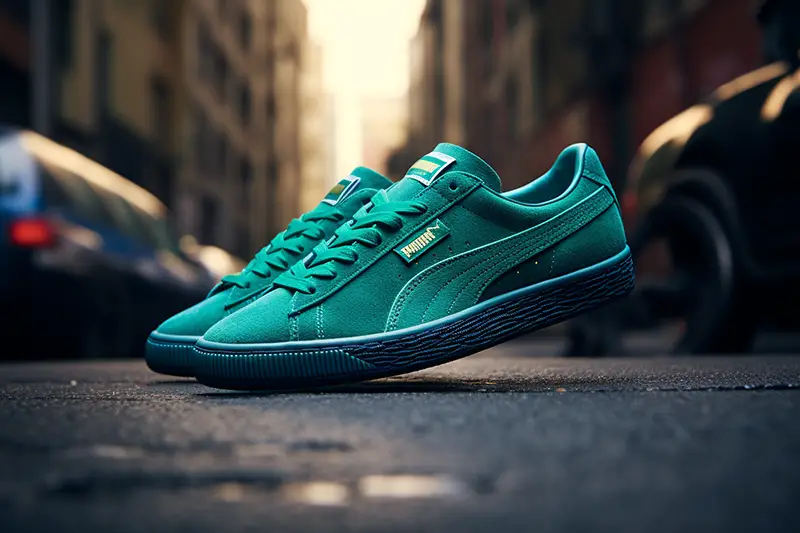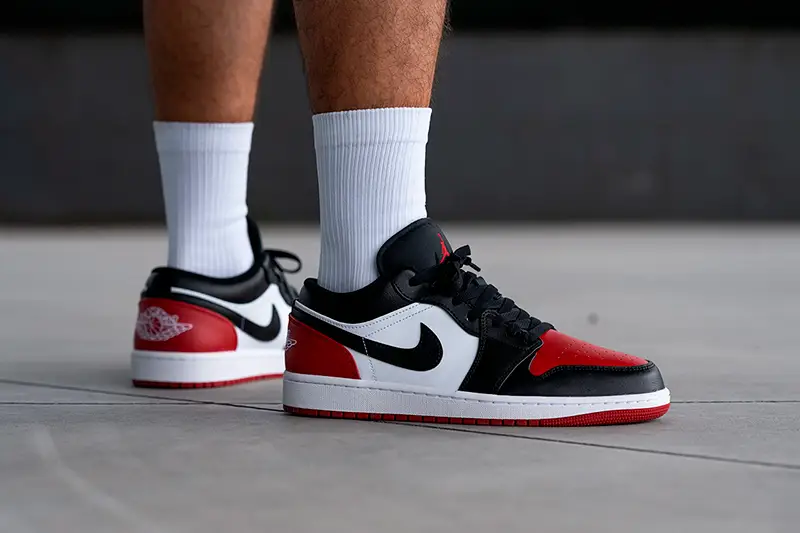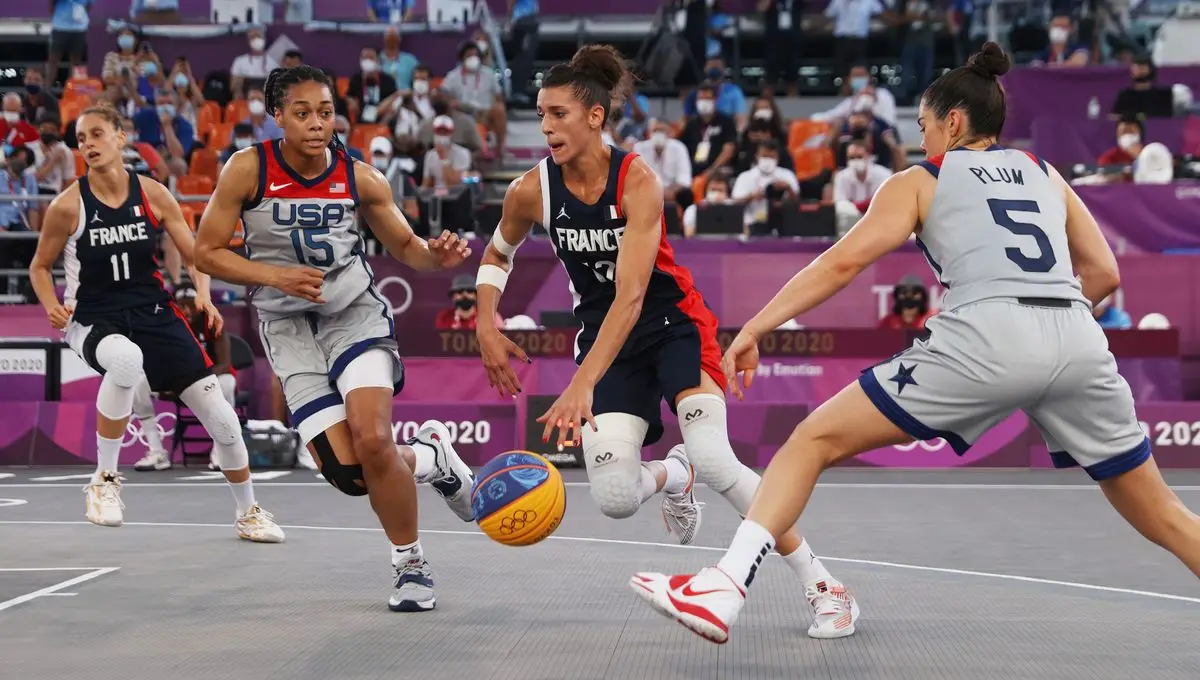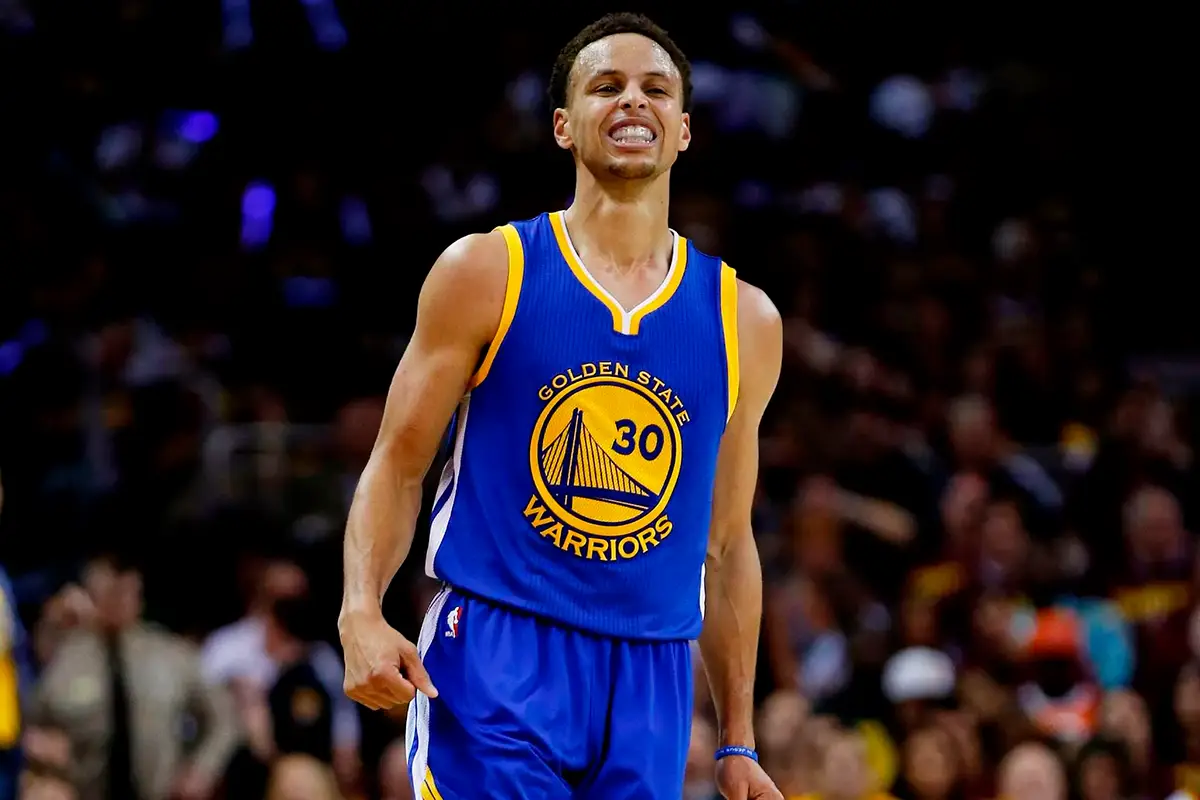The world of footwear is fluid, but iconic trainer models remain timeless. Their design, innovation and cultural influence have made them style icons. They haven’t just survived decades, they’ve shaped entire generations.
Some models have become popular on sports fields, others in street fashion. All of them have stood the test of time. Manufacturers change them to meet modern requirements and add new technologies. The main thing remains unchanged: recognisable design, comfort and rich history. Why have these particular trainer models achieved iconic status? The answer is simple: a combination of extraordinary design, innovative solutions and influence on world culture.

Over the years, the demand for legends in the world of sports footwear has only grown. They are not just a part of the wardrobe – they are an investment in style and history. Let’s find out which models remain at the top and why they remain popular even after decades.
The evolution of iconic trainer models: technology and style are changing the market
Since the advent of athletic footwear, there has been a constant improvement in technology. At the beginning of the 20th century, running shoes were a purely utilitarian tool for athletes. With the development of marketing and the fashion industry, they have outgrown the boundaries of sport. Cult trainer models have become a status indicator, a stylistic marker and even a collector’s item.
Advances in technology have led to cushioning systems, lightweight materials and ergonomic designs. The first running shoes had rubber soles. They provided grip on the surface, but were not very comfortable. Later, brands began to innovate: the Nike Air Max 1 was the first model with a visible air cushion in the sole. This gave a new level of comfort. New Balance 990, introduced in 1982, became a symbol of comfort and stability. Thanks to the use of advanced cushioning technology.
Today, the iconic trainer models continue to evolve. They retain the original silhouette, but have adapted to modern demands for comfort and functionality.
How basketball changed the world of trainers
Basketball was one of the key disciplines that influenced the development of the industry. At the beginning of the 20th century, athletes played in simple shoes with flat rubber soles. The need for foot support and protection from injury led to the first special models.
The first popular basketball trainers were the Converse Chuck Taylor All Star. In the 1920s, Chuck Taylor, a professional basketball player, refined the design by adding ankle support and an improved sole. This shoe quickly became the standard in the NBA and was worn by players for decades. Later, an updated version appeared – the Converse Chuck 70, which used more modern materials.
The real revolution was made by the release of Nike Air Jordan 1 in 1985. Thanks to this model, sports shoes were no longer solely functional: the Air Jordan 1 became not only the ideal trainer for basketball, but also an iconic element of street fashion, giving birth to a whole sneaker culture (snicker culture).
Nowadays, basketball trainers continue to influence fashion. They remain an integral part of the wardrobe of athletes and ordinary people. They are a symbol of freedom, style and sporting spirit.
Legendary models that turned the market upside down
 Many trainer models have become true symbols of their era. Their popularity is due to their history and unique characteristics that have made them favourites among collectors and regular buyers.
Many trainer models have become true symbols of their era. Their popularity is due to their history and unique characteristics that have made them favourites among collectors and regular buyers.
How iconic models became a fashion standard
Retro shoes are at the peak of popularity again, and many brands are reissuing their best models. Adidas Superstar, originally designed for basketball, have become part of hip-hop culture. Vans Old Skool have established themselves as a must-have street style attribute.
Reebok Classic Leather is another example of a model that has moved from the sports segment to everyday fashion. Their minimalistic design and comfort have made them a favourite among classic lovers.
Another important player on the market is Puma Suede. These trainers became a symbol of street culture and were popular among breakdancers and skaters. And the Converse Chuck 70 proved that vintage style can be modern.
Why are retro trainers still on trend? The secret of their success lies in their simplicity of design, comfort and historical significance.
A modern take on iconic trainer models
Modern brands maintain interest in classic models through reissues, collaborations and limited releases. Many collectors view iconic trainer models as an investment. Rare pieces can increase in value significantly.
Why collecting trainers has become an investment
Trainers have become a full-fledged financial asset. Many rare models become more expensive after release, and the demand for them does not weaken for years. The Yeezy Boost 350 is a classic example: their initial price was around $200. On the secondary market, the value of some editions reached $1,000.
Nike Air Jordan 1, especially the original 1985 models, remain no less valuable. They sell for tens of thousands of dollars at auctions. Nike Air Max 1s are also among the iconic pairs. Their limited edition versions are in high demand.
Collectors keep track of rare releases, realising that the limited edition and significance of the model make it a long-term investment. New Balance 990 trainers are renowned for their high quality and comfort. They remain in demand year after year and their value is constantly increasing. Puma Suede and their collaborative versions have become valuable pieces over time. Due to their unique design and rarity, they have taken a special place in collections.

The list of trainers that have increased in value includes rare and limited edition models. Pairs with historical heritage are considered valuable. For example, trainers associated with legendary athletes or iconic moments in sports history. They gradually turn into investment objects. Over time, their value invariably increases.
Conclusion
 The iconic trainer models are symbols of entire eras. They have survived the decades and remain in demand among style and comfort enthusiasts. From basketball courts to catwalks to street fashion, their influence on the industry cannot be overstated.
The iconic trainer models are symbols of entire eras. They have survived the decades and remain in demand among style and comfort enthusiasts. From basketball courts to catwalks to street fashion, their influence on the industry cannot be overstated.
Why does their popularity never fade? It’s simple: time-tested technology, exclusive design and cultural value. Brands continue to release reissues of classic models, and the demand for iconic trainers is only growing.
In the future, the interest in iconic models will only increase, because history and style are something that cannot be faked.
 en
en  de
de  ar
ar  es
es  hi
hi  fr
fr  nl
nl  it
it  pt
pt  el
el 









